You may have seen/heard of a tech support scam before. These scams can be seen in the form of a phone call, pop-up warning, or even in an online ad or listing on a search results page. The common trait among these forms, is that all of them have a scammer pretending to be tech support.
Scams by phone call
You may get a call from a scammer pretending to be a computer technician from a well-known company. They will lie to you and say that they have found a problem with your computer and ask for you to give them remote access in order to run a diagnostic test. They will scare you into thinking that there really is an issue with your computer and get you to pay them to fix a problem that doesn’t exist.
PRO TIP: If you get an unexpected phone call from someone saying there is something wrong with your computer, hang up.
Scams by pop-up warning
Sometimes scammers may try to trick you into thinking there is something wrong with your computer with a pop-up. The scammers can make it so the pop-up looks like it’s coming from your operating system or an antivirus software. They do this with the hope of tricking you more easily. These pop-ups will often include a number for you to call to get help from a technician.
PRO TIP: If you get a pop-up on your computer saying that there is something wrong with it, don’t call the number listed. Real warnings and security messages will not tell you to call a number to get help.
Search results listings and online ads
Scammers claiming to provide tech support can sometimes show up in ads or in online search results. Make sure you only go to a company you know and trust for tech support.
Did you get scammed? Here’s what you need to do
If you allowed a scammer remote access to your computer, you’ll need to run a scan and delete anything it identifies as a problem. If you are a customer with ITS, we can help with this.
If you paid the scammer with a gift card, there is a chance that if you contact the company that issued the card right away, that they may be able to give you a refund.
If you used a credit card to pay the scammer, let your bank or credit card company know right away and they may be able to stop the transaction.
If you gave the scammer your username and password, make sure you change your password right away. If you use that password anywhere else, you should also change it for those other accounts.
